性能:实时通讯网络是用于需要较高实时性要求的应用领域的专用网络通讯技术,一般采用基于高速网络的共享存储器技术实现。它除了具有严格的传输确定性和可预测性外,还具有速度高、通信协议简单、宿主机负载轻、软硬件平台适应性强、可靠的传输纠错能力、支持中断信号的传输等特点本方案选用 GE FANUC 公司的反射内存卡构建实时反射内存网络。该实时网络除具有一般共享内存网络的优点外,还具有网络延迟小、技术成熟、可靠性高、集成简单、扩展方便等优势 反射内存卡连接方式分为单向环形连接和星形连接两种,单向环形网络结构具有先天的“无冲突”、“全负载”、自然排序和严格确定传输延迟功能。解决此弊病的方法是采用星形连接,通过反射内存 HUB 来旁路损坏或者掉电的板卡,构成更稳定的网路结构 反射内存是一种强实时高带宽局域网技术,在互连的计算机间提供高效的数据传输。

PCIE-5565-PIORC
这种网络结构下,所有的节点无论以何种方式,同时以的速率突发或持续传送数据,环形网络都可以借助物理结构自然的实现无冲突的排序和传播,不会对网络实时性能和传输性能构成任何不利影响。网络一旦构成,任意两点间的传输延迟都是严格确定的。不仅如此,数据发送方还能利用环形回路,实时可靠的计算传输延迟和接收确认,具有极高的容错性和可靠性。但是单向环形连接方法存在一个弊病,就是传输时所有的板卡必须加电才可以连通工作。强实时网络应用领域已经越来越广泛的采用这种技术 反射内存网络在所有互连的节点中虚拟出一段全局共享的网络内存,在分布系统中实现内存至内存的通信,因此应用程序没有软件开销。

PCIE-5565-PIORC
GE FUNAC 最新推出的 5565 系列反射内存卡,其传输速度已达到 174M 字节 / 秒。使用光纤,不仅可以连接更多的节点(到 256 个节点),而且具有很高的抗冲击、抗干扰性能。反射内存卡是完全的物理通讯,不需要任何软件协议开销,这是其他局域网传输无法相比的。测试结果表明,从数据写入 RAM 到传到另一个结点的反射内存卡上,只有不到 400 纳秒的时延 使用方便 在使用全局共享内存时,由于对内存的访问是独占型的,所以存在仲裁问题。而反射内存通过向每个节点机提供一套相同的数据备份来避免这一问题,这使得各节点可以并发的访问相同的内容,不再需要考虑仲裁的问题,访问反射内存卡的内存与访问自身的内存没有差别。
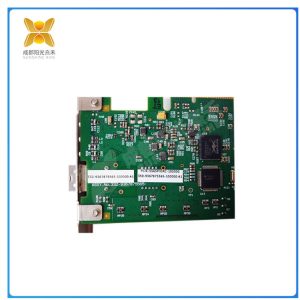
PCIE-5565-PIORC
Performance: Real time communication networks are specialized network communication technologies used in applications that require high real-time requirements, typically implemented using shared memory technology based on high-speed networks. In addition to strict transmission certainty and predictability, it also has the characteristics of high speed, simple communication protocol, light host load, strong adaptability of software and hardware platforms, reliable transmission error correction ability, and support for interrupt signal transmission. This solution uses GE FANUC’s reflective memory card to build a real-time reflective memory network. This real-time network not only has the advantages of a general shared memory network, but also has the advantages of low network latency, mature technology, high reliability, simple integration, and easy expansion. The connection methods of the reflection memory card are divided into two types: one-way ring connection and star connection. The one-way ring network structure has the innate functions of “no conflict”, “full load”, natural sorting, and strict determination of transmission delay. The solution to this problem is to use star connection, which bypasses damaged or powered down boards through reflection memory HUB, forming a more stable network structure. Reflection memory is a strong real-time and high bandwidth LAN technology that provides efficient data transmission between interconnected computers.
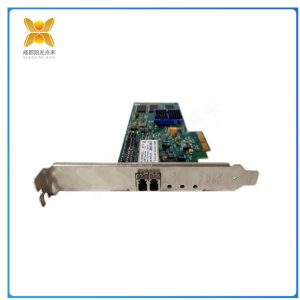
PCIE-5565-PIORC
In this network structure, regardless of the way in which all nodes transmit data suddenly or continuously at the same rate, the ring network can naturally achieve conflict free sorting and propagation through the physical structure, without any adverse impact on the real-time performance and transmission performance of the network. Once a network is formed, the transmission delay between any two points is strictly determined. Not only that, the data sender can also utilize a ring loop to reliably calculate transmission delay and reception confirmation in real-time, with extremely high fault tolerance and reliability. However, there is a drawback to the unidirectional ring connection method, which is that all boards must be powered on during transmission to be connected and working. The field of strong real-time network applications has increasingly adopted this technology, which reflects that memory networks virtualize a globally shared network memory among all interconnected nodes and achieve memory to memory communication in distributed systems. Therefore, applications do not have software overhead.

PCIE-5565-PIORC
The latest 5565 series reflective memory card released by GE FUNAC has a transmission speed of 174M bytes per second. By using optical fiber, not only can more nodes (up to 256 nodes) be connected, but it also has high impact resistance and anti-interference performance. Reflective memory cards are fully physical communication and do not require any software protocol overhead, which cannot be compared to other LAN transmissions. The test results indicate that there is only a latency of less than 400 nanoseconds from data written to RAM to the reflective memory card transmitted to another node, which is convenient to use. When using global shared memory, there is an arbitration problem due to the exclusive access to memory. Reflective memory avoids this problem by providing a set of identical data backups to each node machine, allowing each node to access the same content concurrently, eliminating the need for arbitration. Accessing the memory of the reflective memory card is no different from accessing its own memory.

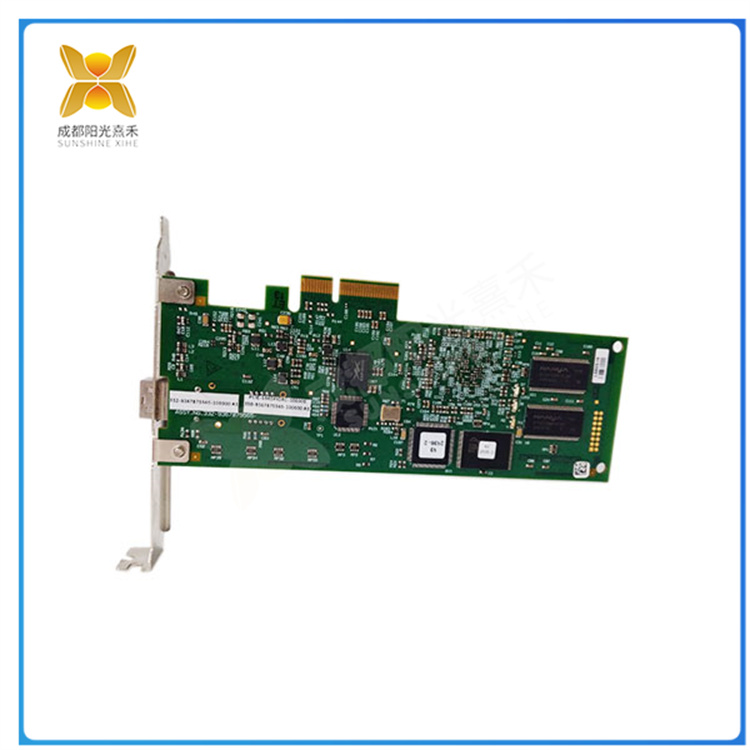
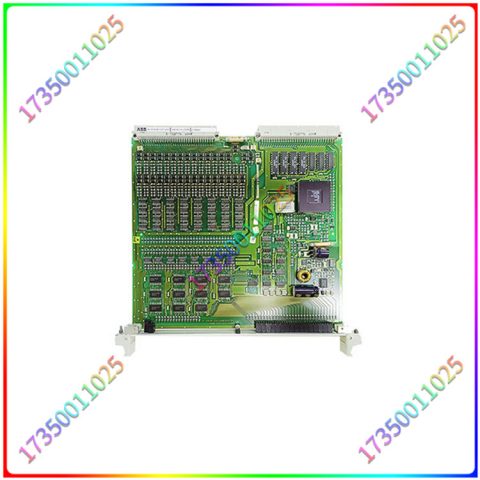
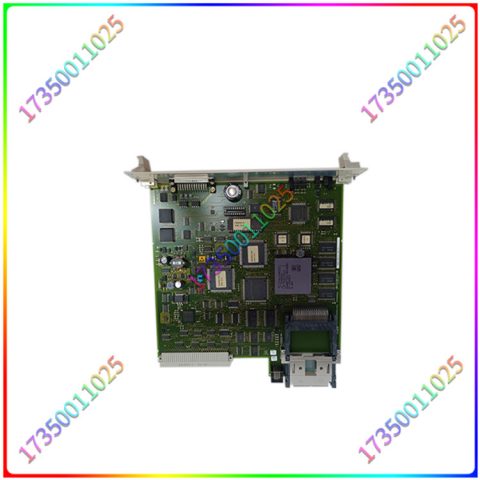
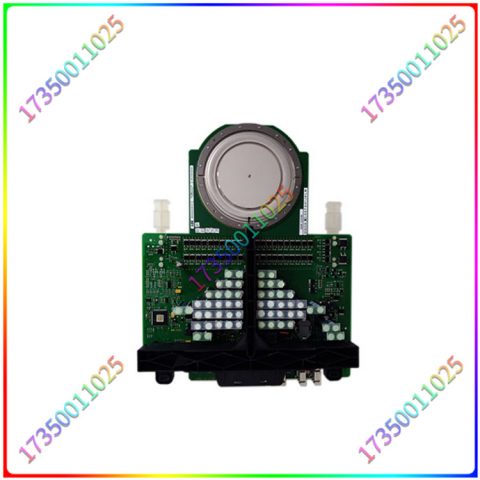
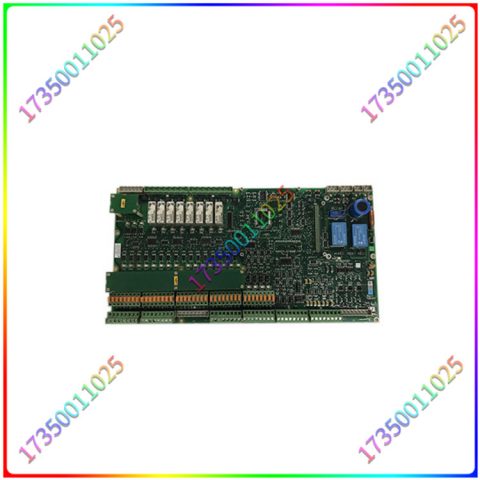
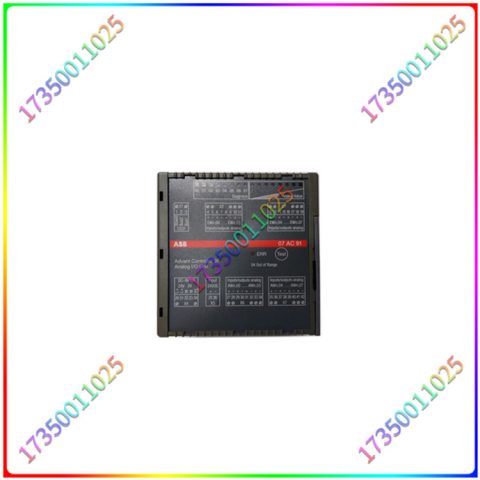

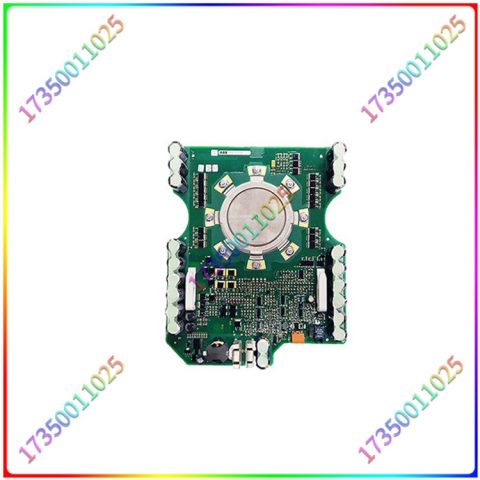
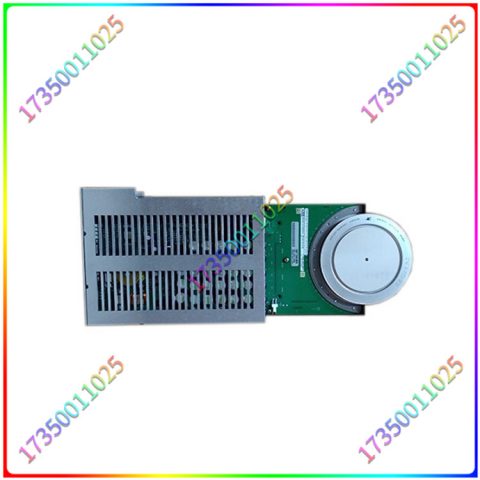
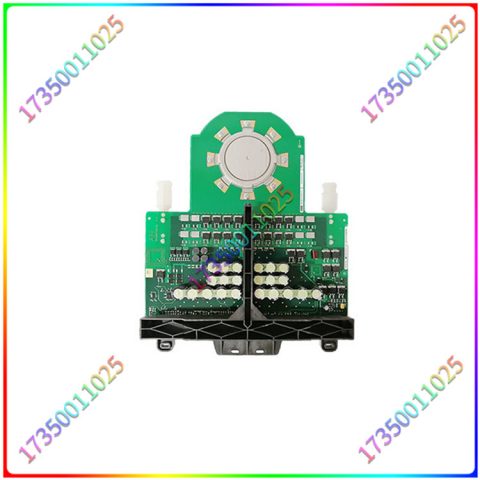
There are no reviews yet.